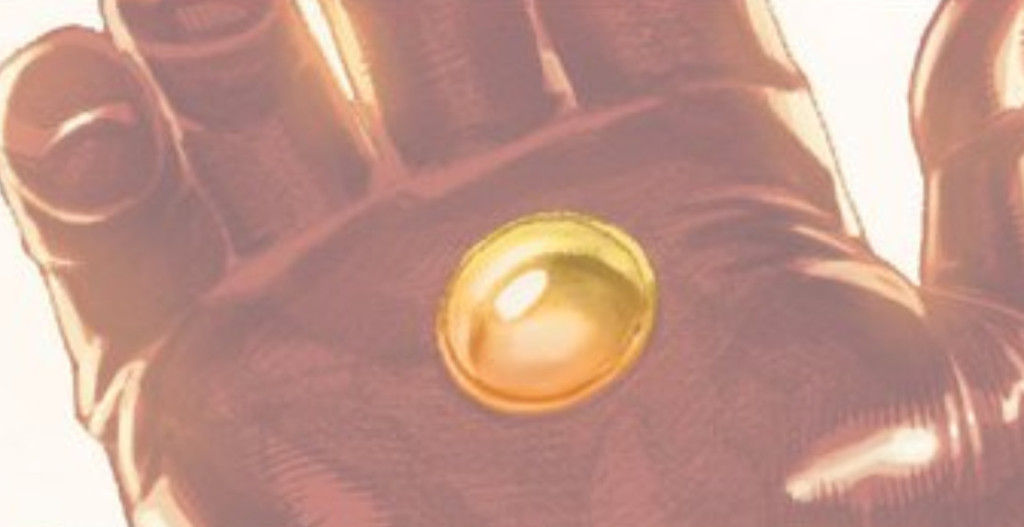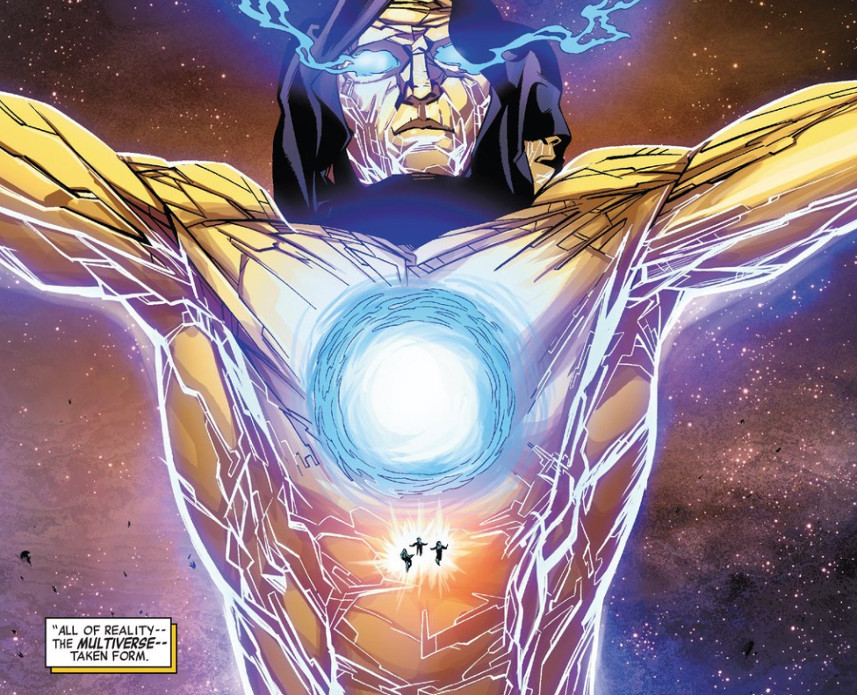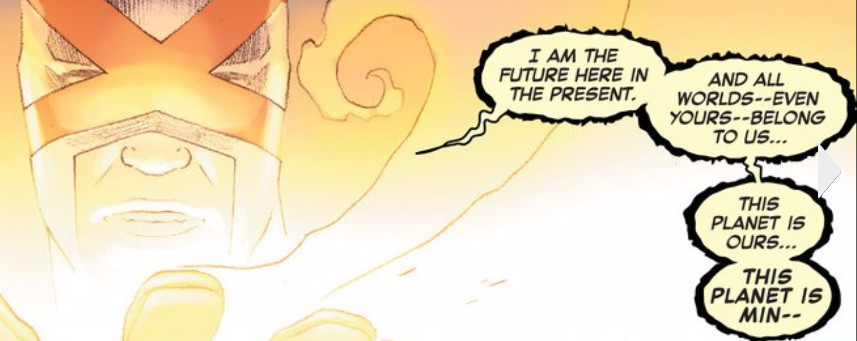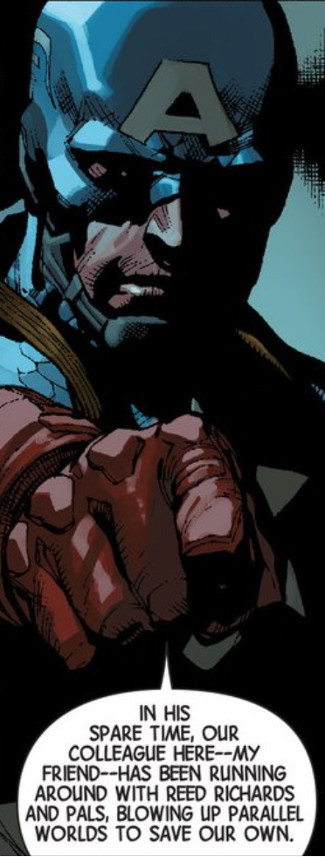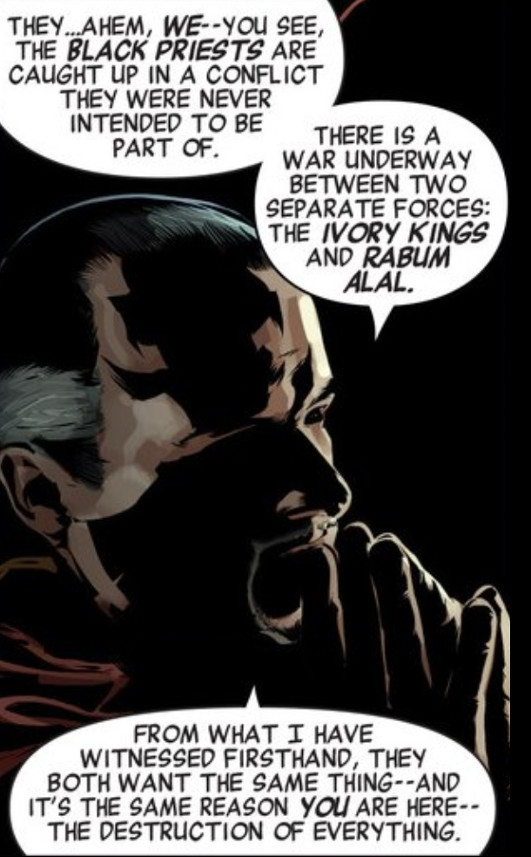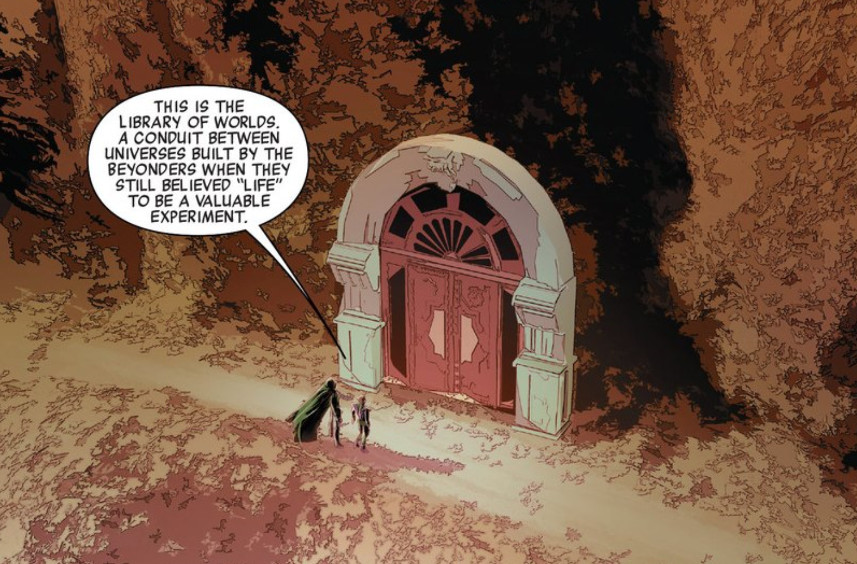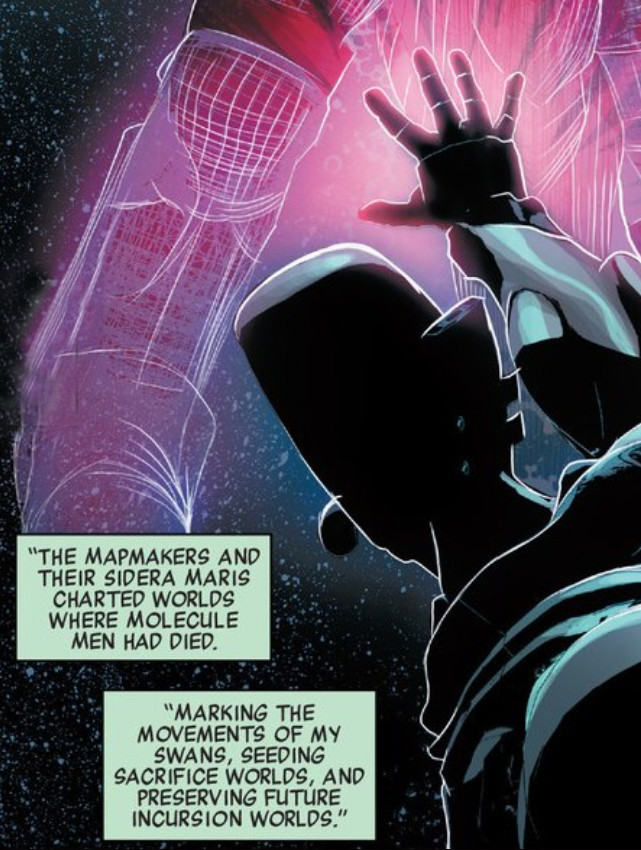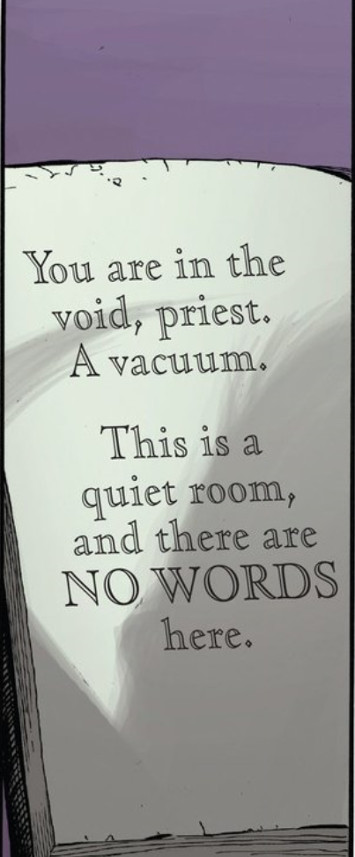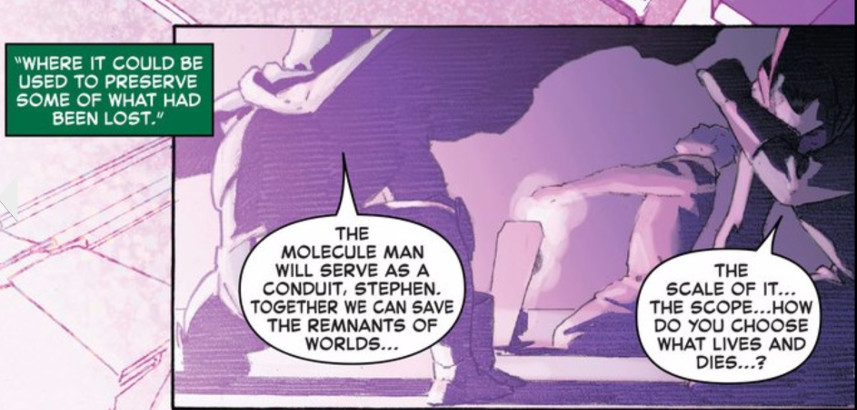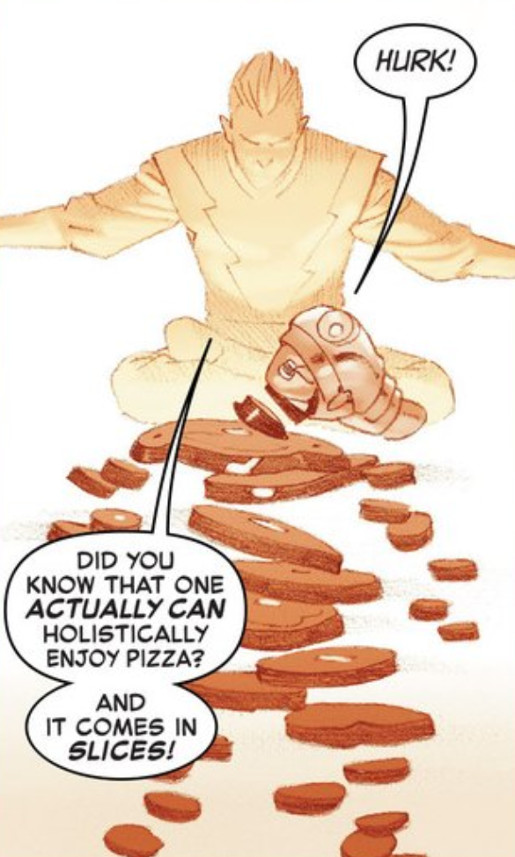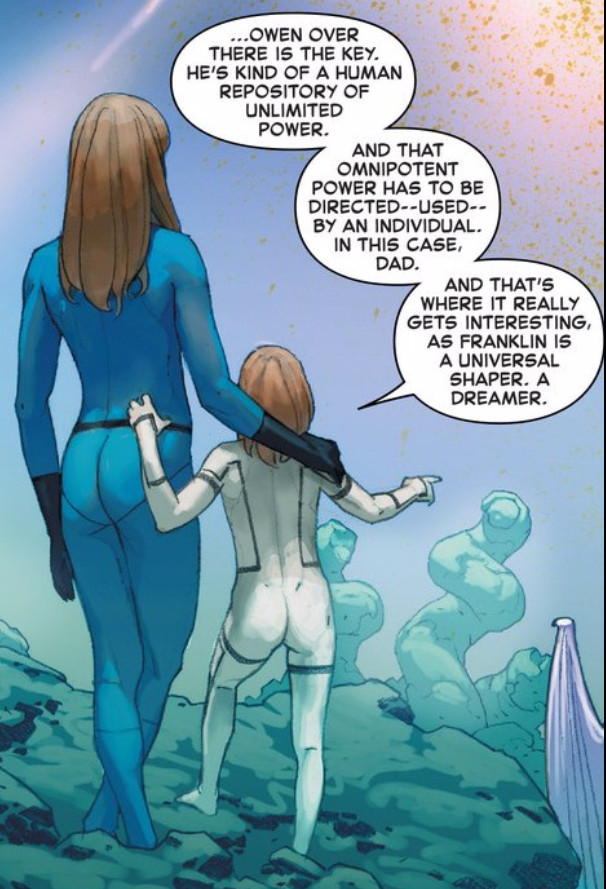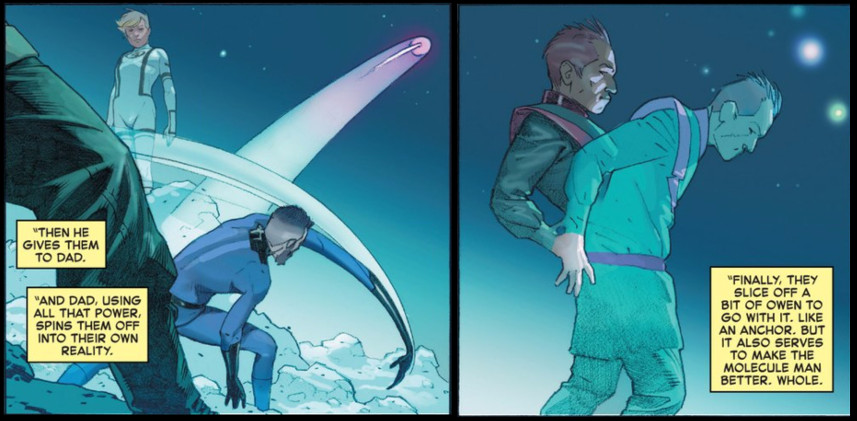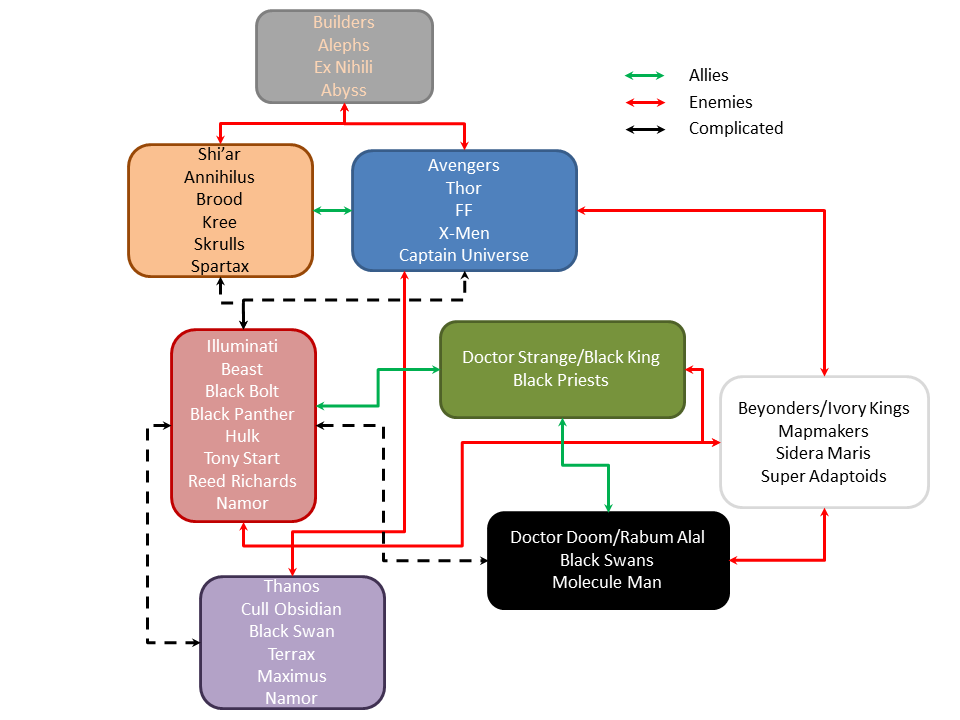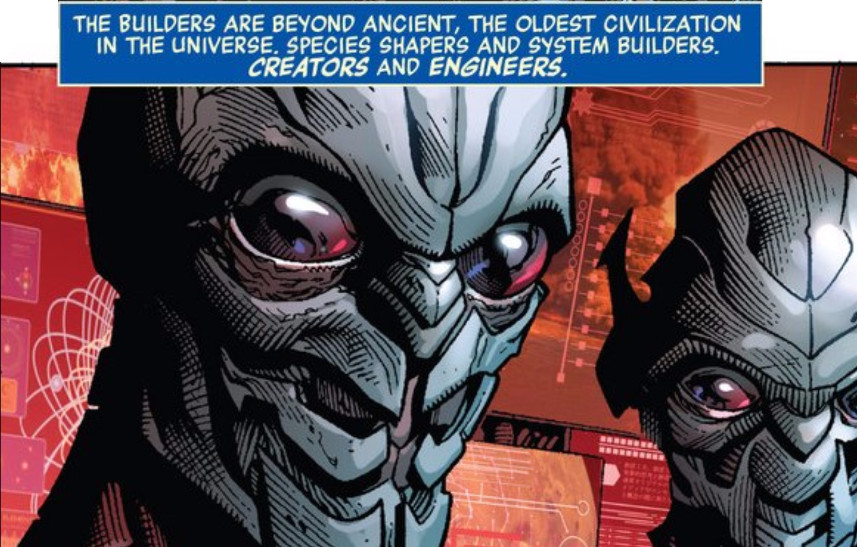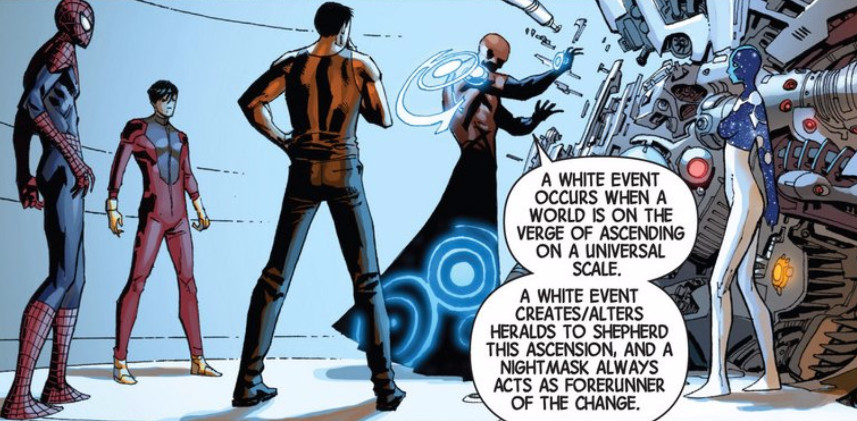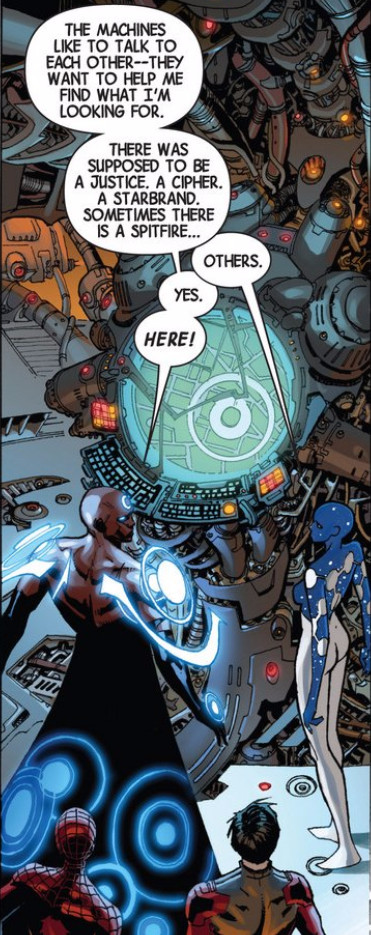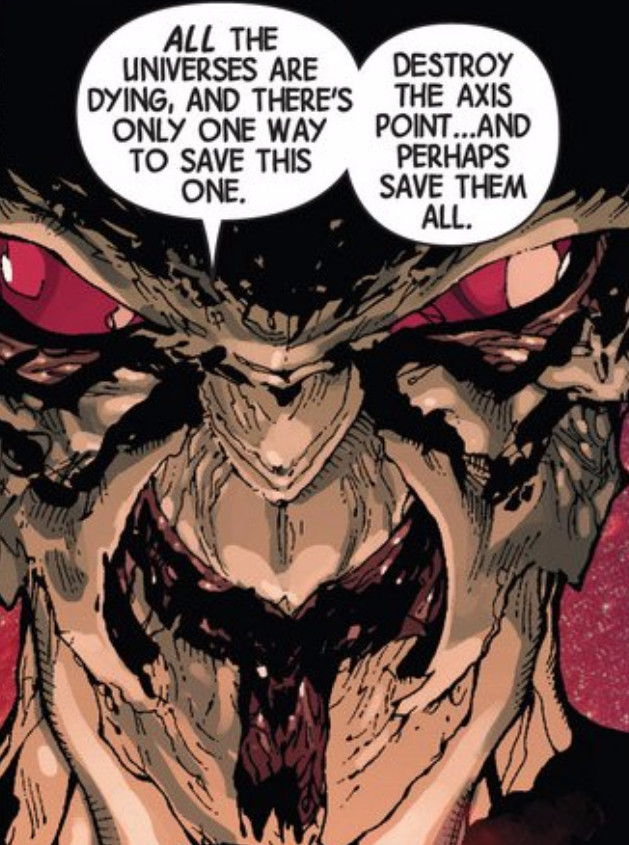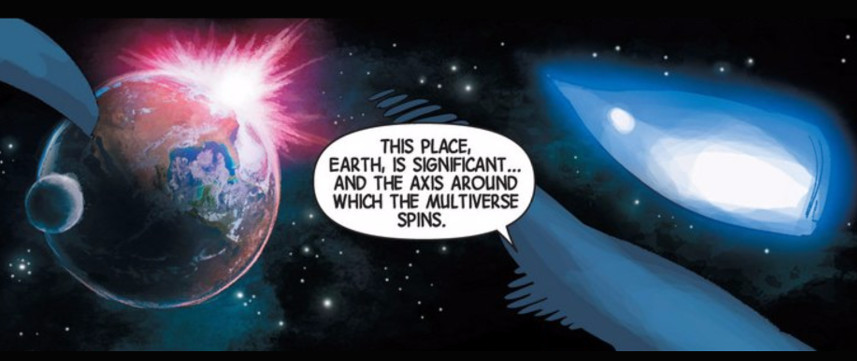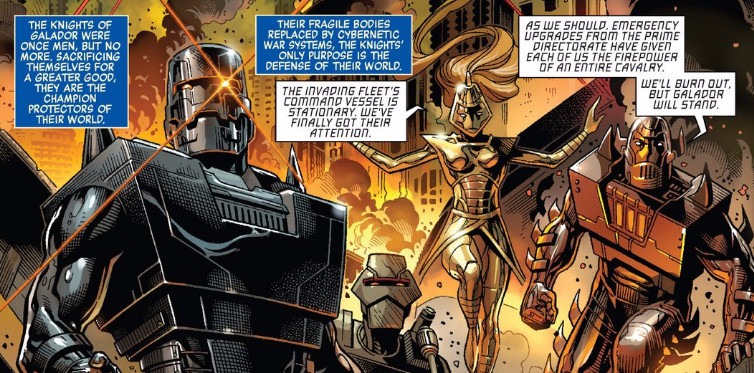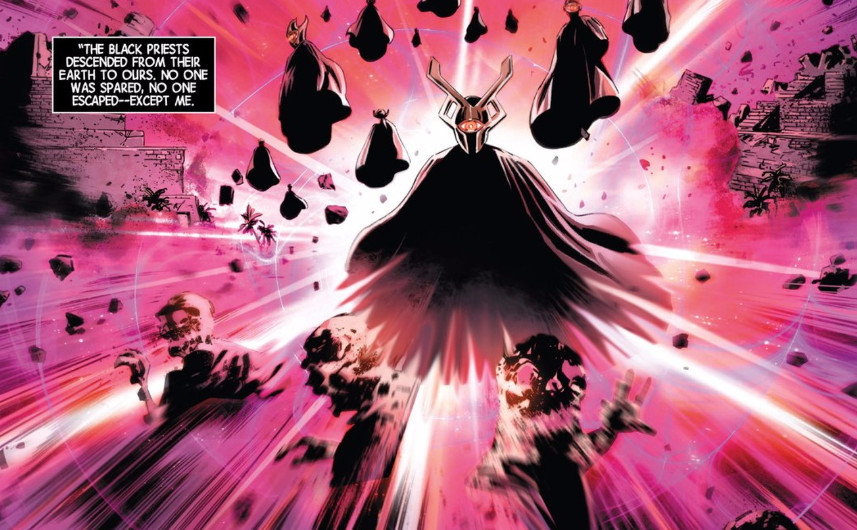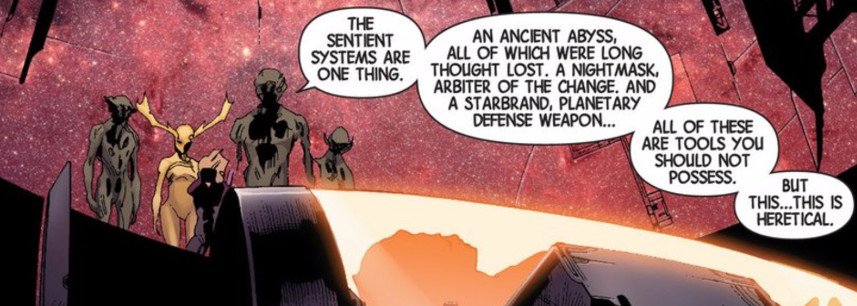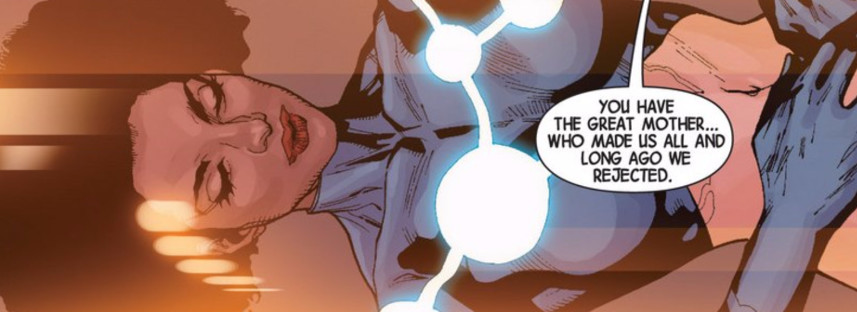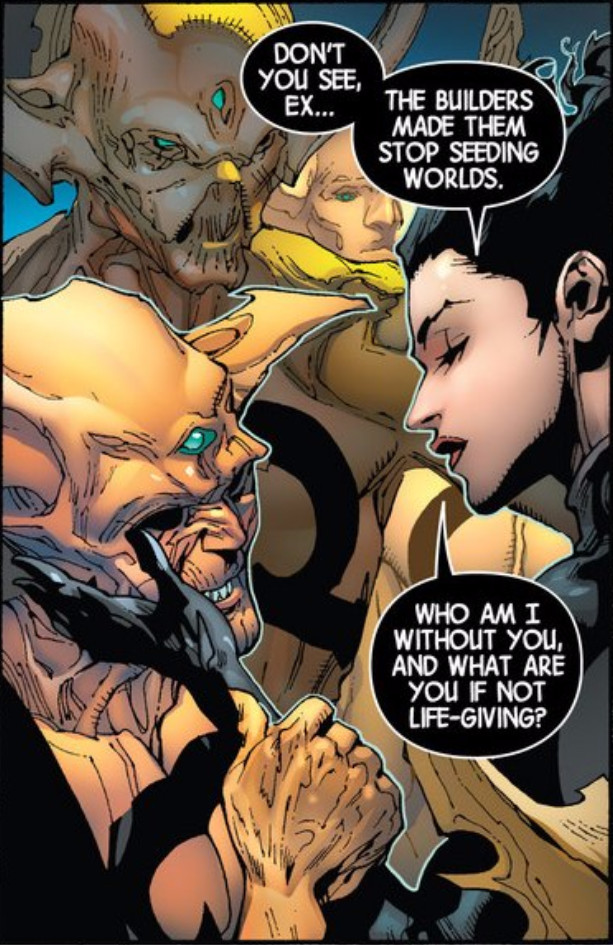A Marvel Epic: Part 5 – Wins and Losses
In this final installment of the 5-part series looking at Jonathan Hickman’s epic work on the Everything Dies storyline, I’ll be looking at what succeeded and failed. Since it was both a commercial and a literary undertaking in the medium of comic books, I’ll be looking at three broad categories: commercial aspects, storytelling mechanics, and story content.
Commercial Aspects
There are two major aspects to consider when judging the commercial success of the Everything Dies story: raw sales of books and positioning for long-term viability.
In terms of raw sales of books, there is no denying that Everything Dies was a consistent success. As expected, when both the Avengers and New Avengers titles premiered back in Dec 2012-Jan 2013, they sold at or near the top. As time wore on, the Avengers title mostly hovered in the mid-teens and low-twenties in sale rank – although the near the end, perhaps due to fatigue, the sales began to sag. The New Avengers title consistently lagged behind, fluctuating between the high-twenties and mid-forties. Secret Wars consistently scored near the top with an average sales rank of 2.
| Month | Title | Sale Rank |
|---|---|---|
| Jan 2015 | Avengers #40 | 19 |
| New Avengers #29 | 30 | |
| Feb 2015 | Avengers #41 | 26 |
| New Avengers #30 | 36 | |
| Mar 2015 | Avengers #42 | 24 |
| New Avengers #31 | 31 | |
| New Avengers #32 | 42 | |
| Apr 2015
|
Avengers #43 | 40 |
| Avengers #44 | 21 | |
| New Avengers #33 | 29 | |
| May 2015 | Secret Wars #1 | 1 |
| Secret Wars #2 | 3 | |
| Jun 2015 | Secret Wars #3 | 1 |
| Jul 2015 | Secret Wars #4 | 1 |
| Aug 2015 | Secret Wars #5 | 1 |
| Oct 2015 | Secret Wars #6 | 4 |
| Nov 2015 | Secret Wars #7 | 4 |
| Dec 2015 | Secret Wars #8 | 1 |
| Jan 2016 | Secret Wars #9 | 2 |
In terms of positioning for future success, it is hard to argue that anyone else could have done better. Hickman was able to adapt the storylines to handle changing situations in the movie-side of the Marvel mythos. When both titles were launched, Marvel didn’t own the movie rights to 3 important franchises: The X-Men, The Fantastic Four, and Spider-Man. Each of these franchises was initially downplayed in the Everything Dies storyline. As the relationship between Marvel Studios and the others progressed, the X-Men and Spider-Man made more of an appearance. But a large component of the Everything Dies storyline centered around Thanos and the Inhumans – properties that have a significant role to play in the MCU. As discussed in an earlier post, the Inhumans are essentially mutants without the name and the promotion of this property over the X-Men solidifies the MCU approach (e.g. Agents of S.H.I.E.L.D.) over the Fox Studios X-Men.
The Fantastic Four is an interesting situation. The movie franchise is not owned by Marvel nor is it developed in conjunction with Marvel Studios. The poor showing of the Fantastic Four (2015) movie no doubt reinforced Marvel’s desire to distance itself from its once flagship group. This approach is poignantly summed up in an exchange between Franklin and Reed Richards at the end of Secret Wars #9.
Storytelling Mechanics
This is the one area where I would say that Hickman consistently falls short of the mark. For every really nice thing he does there are others that detract from the success. In the interest of ending on the positive, I’ll talk about the negative aspects first.
One of Hickman’s most used devices is the ‘Then & Now’ approach. A few pages are presented with the what happened in the past, either as new material for the reader to digest or in flashback form. The action then flips immediately and abruptly to the present where events happening ‘now’ are shaped by reactions and recollections from ‘then’. Used every so often, this isn’t a bad mechanic, but Hickman over-relies on it. Often times, there isn’t enough structure for the casual reader to note the transition.
In a storyline as complex as Everything Dies, a less haphazard mechanism should have been used. Something as simple as changing the border style (the old rounded borders for flashbacks with appropriate captions always worked nicely) and color scheme would have worked. When read and re-read sequentially, at one sitting, this mechanism works marginally. But it is too daunting of a task to try to parse and piece the plot together when reading the book monthly with other titles (e.g. Infinity, Original Sin, etc.) interspersed and with no clear picture of where the whole is going.
Hickman’s other short-coming is the lack of exposition even with events progressing sequentially. Although captions have fallen out of favor, a few well-placed ones would have been welcome. The best example of this comes from Secret Wars #9. As mentioned in earlier posts, the Black Panther confronts Doctor Doom with some version of the Infinity Gauntlet. Although defeated, T’Challa provides the necessary distraction so that Reed Richards can find the Molecule Man and shut down the Doom’s ‘godhood’. Just before Battleworld comes to an end, the Black Panther grabs one of the gems, clutches it tightly, and is whisked away.
The reader has no way of knowing which gem it was. The official list of gems from Marvel’s database is
but as demonstrated in an earlier post, the color-coding of the gems is not consistent and so the reader is left to guess. There are, of course, times to let the reader guess, but Hickman does it too often and with pivotal elements of the plot.
One the positive side, he does a nice job, given his page limit constraints, of touching upon elements that the reader may actually wonder about. In over 50 years of written fantasy storeis, the Marvel Publication Universe has a vast amount of cosmic elements. Each of these should figure into something as large as the complete and whole-sale structural rearrangement that is done in Everything Dies. Of course, there is no way for Hickman to explore each and every idea thoroughly but he does a reasonable job of at least mentioning what was tried and what failed when dealing with the incursions. The following composite image shows how he deals with the Cosmic Cube, the universal Avatars, and the multiversal Captain Britain squad.
He also provides a nice set of symmetrical bookends to the tale. The incursion threat begins in Wakanda in New Avengers #1 with a group of Wakandan youths on a coming of age trial. Once he grabbed the undisclosed gem from the Infinity Gauntlet in Secret Wars #9, the Black Panther again finds himself in the Wakandan jungle where the same events play out but to a different end. In New Avengers #1, his speech is interrupted with a rumble of rhinoceros fleeing the first incursion and the final outcome is the death of the young Wakandans at the hands of Black Swan’s group. In Secret Wars #9, his speech is punctuated with the rumble of Wakandan rocket lifting of to space and hope.
Even the Everything Dies mantra is closed out from despair to hope. One of the minor tweaks that Reed Richards performs in setting everything right again is to restore the ravaged face of Victor von Doom, ending the whole storyline with a note of optimism
Story Content
Overall, Hickman does well on the story content itself – particularly the logical structure and verisimilitude of his universe. He clearly shows a love and respect for much of the source material that has come before.
While the Everything Dies epic has the three elements most able to destroy a comic story, Hickman does a good job working with two of them: alternate universes and magic. His treatment of parallel/alternate universes is nicely done without badly undercutting the emotional content of the material. It is easy, with an infinite number of Thors upon which to draw, to make it hard to feel for a particular instantiation of Thor. Hickman mostly avoids the most common pitfalls by making the alternate versions different enough in both character and fate that the reader’s emotional investment isn’t undermined. He also credibly navigates away from much of the mechanics of the end-times and focuses instead on the reactions of his characters. In this way, he avoids the deus ex machina aspects of magic.
However, on the time travel front, the causality of his cosmology is quite a bit out of whack. One of the crucial storylines in the Avengers is the time travel into the future of Captain America shortly after he remembers his betrayal at the hands of the Illuminati. How the universe’s timeline/worldline can end with an incursion and yet still continue on into the future is totally unknown. I suppose he wanted/needed to deal with the time-travel aspects of Marvel’s many stories but still it comes off as illogical and forced. Much cleaner is his explanation for how Doom could stop the Beyonders. The latter were constrained to move sequentially forward in time (linearly forward as is incorrectly said in the film industry). Without going into details, Hickman simply offers this explanation for how the created can destroy the creators. Far more satisfying than a badly-constructed time-travel plot.
The little details were a really big positive. As mentioned above, he tries to cover all the bases for why a thing works in his universe/multiverse. One of the most clever things he introduces is how to construct a vehicle capable of surviving when everything is destroyed – how to make the life rafts actually work. It starts with the Beyonders assault on the Living Tribunal
which results in the Tribunal’s demise and a fragment of him ending up in each of the remaining universes. His body forms the raw materials from which the life rafts are constructed
Finally, little bits of humor and homages are worked into the story in various places. Two of my favorites are the clear homage to the ‘All your base are belong to us’ engrish uttered by Cyclops powered by the Phoenix force
and Amadeus Cho’s hilarious indictment of ‘the certainty in ignorance’ so common in everyday thought.
Parting Words
The Everything Dies storyline is a remarkable set of comics and fine addition to the world of literature. It is the first real example of the epic being brought to fruition in the comic book medium and despite numerous flaws it is well worth reading. I only hope that Marvel will make an Omnibus publication in which the story is told in is proper publication order (Avengers, New Avengers, Infinity correctly interleaved). My congratulations to Jonathan Hickman for pulling it off.


